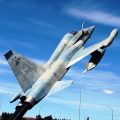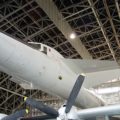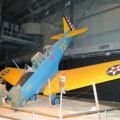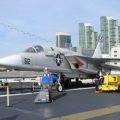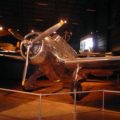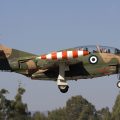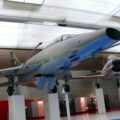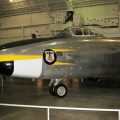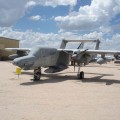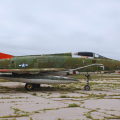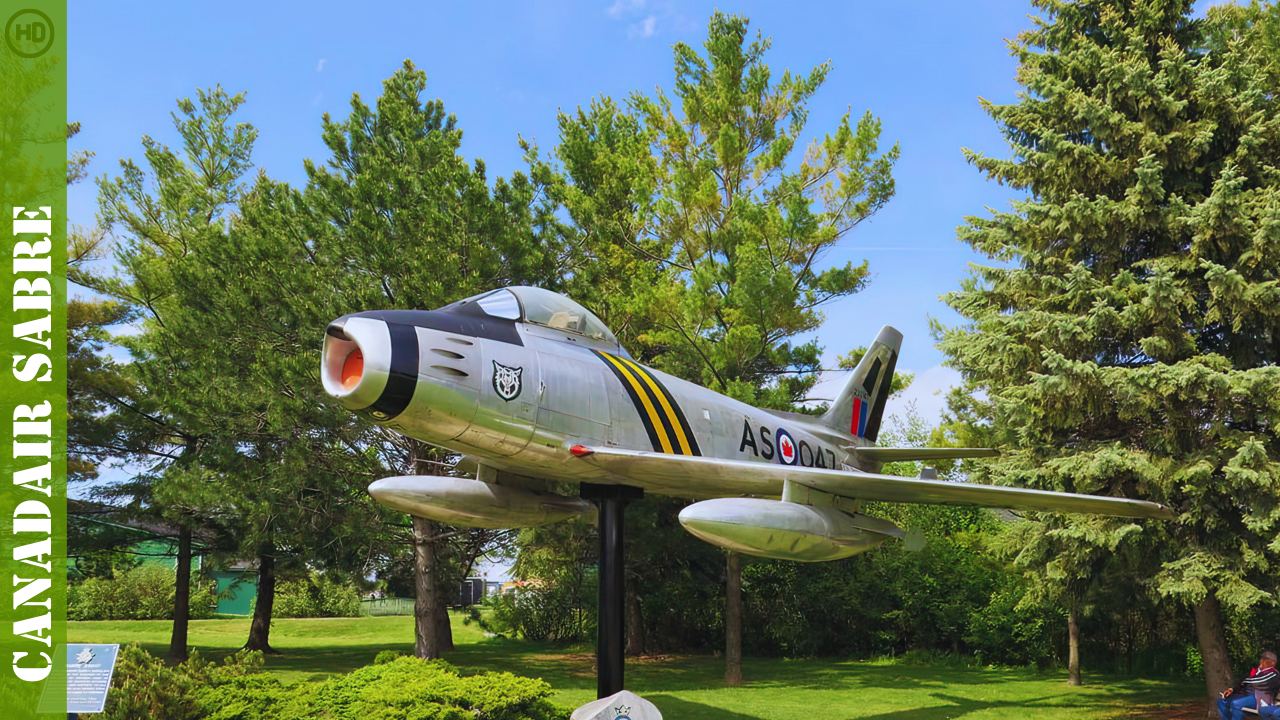
Canadair Sabre | |
|---|---|
| Країні | Канада |
| Роль | Винищувач |
| Перший політ | 9 серпня 1950 |
| Побудований | 1815 |
У 201 Канадаір Сейбр — реактивний винищувач, побудований Canadair за ліцензією північноамериканської авіації. Варіант північноамериканського F-86 Sabre, він випускався до 1958 року і використовувався в основному Королівськими ВПС Канади (RCAF), поки не був замінений на Canadair CF-104 в 1962 році. Кілька інших військово-повітряних сил також експлуатували літак.
Джерело: Канадська шабля у Вікіпедії
| Canadair F-86E mk.6 Sabre Walk Around | |
|---|---|
| Фотограф | Сеес Гендрік |
| Локалізацією | Незнай |
| Фото | 41 |
Супутні набори:
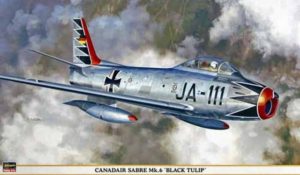
| Canadair Sabre Mk.V Walk Around | |
|---|---|
| Фотограф | Володимир Якубов |
| Локалізацією | Музей полку Онтаріо |
| Фото | 70 |
Знайдіть комплекти на eBay:
Читайте також:
У 201 Канадаір Сейбр was a jet fighter aircraft that was developed and manufactured by Canadair, a Canadian company, under licence from North American Aviation. It was a variant of the North American F-86 Sabre, which was one of the most successful fighter jets of the Korean War. The Canadair Sabre was produced from 1950 to 1958 and served mainly with the Royal Canadian Air Force (RCAF) until it was replaced by the Canadair CF-104 Starfighter in 1962. The Canadair Sabre also saw service with several other air forces around the world, including the United States Air Force, the Royal Air Force, and the German Air Force.
Canadair Sabre мав шість версій, кожна з яких мала різні функції та покращення. Перша версія, Sabre Mk.1, була схожа на F-86A і мала турбореактивний двигун General Electric J47-GE-13 з тягою 5200 фунт-сила (23 кН). Друга версія, Sabre Mk.2, мала той самий двигун, але додала підсилювач управління та «вселітаюче» хвостове оперення. Третя версія, Sabre Mk.3, була першою, в якій використовувався двигун канадської розробки, турбореактивний двигун Avro Canada Orenda 3 з тягою 6000 фунт-сила (27 кН). Четверта версія, Sabre Mk.4, зберегла двигун General Electric і експортувалася до Королівських ВПС та інших іноземних ВПС. П'ята версія, Sabre Mk.5, використовувала потужніший турбореактивний двигун Orenda 10 з тягою 7,275 фунт-сила (32 кН) і мала більше крило для кращої маневреності. Шоста і остання версія, Sabre Mk.6, використовувала ще більш потужний турбореактивний двигун Orenda 14 з тягою 7 275 фунт-сила (32 кН) і мала дві ракети класу «повітря-повітря» AIM-9 Sidewinder для підвищення боєздатності.
Canadair Sabre був швидким і маневреним винищувачем, який міг розвивати максимальну швидкість 710 миль/год (1 142 км/год) і практичну стелю 54 000 футів (16 460 м). Він був озброєний шістьма кулеметами Browning M3 калібру 0,50 дюйма (12,7 мм) у носовій частині і міг нести до 5 300 фунтів (2 400 кг) зовнішніх боєприпасів на чотирьох точках кріплення під крилами. Це включало бомби, напалмові танки, ракетні контейнери, ядерну зброю та десантні танки для збільшеної дальності. Canadair Sabre був універсальним і надійним літаком, який добре показав себе в різних ролях, таких як перевага в повітрі, наземна атака, перехоплення та розвідка.
The Canadair Sabre was one of the most successful реактивні винищувачі of its era and earned a reputation for excellence in combat. It participated in several conflicts such as the Korean War, the Suez Crisis, and the Indo-Pakistani War of 1971. It also set several speed records and achieved many firsts in aviation history. For example, in 1953, Jacqueline Cochran became the first woman to break the sound barrier while flying a Canadair Sabre Mk.3. Another notable example was an ex-RCAF Sabre Mk.6 that served as Boeing’s chase plane for test flights until 1991. Many Canadair Sabres are now preserved in museums and some are still flown by private owners and collectors.
Views : 2996


